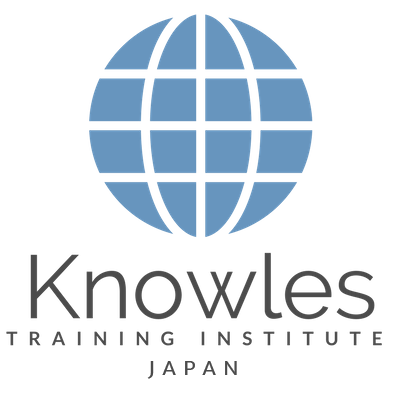10 Ways To Overcome A Fear Of Networking Lunch Talk In Japan
Welcome to our Creative Problem-Solving Lunch Talk in Japan, where we explore innovative approaches to tackling challenges and generating effective solutions in today’s dynamic business landscape. In Japan’s competitive environment, where organizations face diverse and complex problems, creative problem-solving skills are invaluable for driving innovation, overcoming obstacles, and achieving sustainable success. This session aims to inspire participants to think outside the box, embrace creativity, and leverage diverse perspectives to address problems creatively and strategically.
In a world where the only constant is change, the ability to think creatively and solve problems innovatively has become a strategic imperative for organizations seeking to thrive in Japan’s rapidly evolving market. This Lunch Talk provides participants with practical tools, techniques, and frameworks to unleash their creativity, foster collaboration, and unlock new possibilities for solving problems creatively. By embracing a mindset of curiosity, experimentation, and resilience, participants will gain the confidence and skills needed to navigate challenges effectively and drive positive change in their organizations.
Talk Objectives:
- Understanding Creative Problem-Solving: Define creative problem-solving and its importance in fostering innovation, driving growth, and overcoming obstacles in today’s business environment. Explore the characteristics of creative thinkers and the creative problem-solving process, including defining problems, generating ideas, and implementing solutions.
- Fostering a Culture of Creativity: Cultivate a culture of creativity within the organization by promoting open-mindedness, curiosity, and experimentation. Encourage a diversity of perspectives, cross-functional collaboration, and a willingness to challenge conventional thinking to spark creativity and innovation.
- Breaking Down Barriers to Creativity: Identify and overcome common barriers to creativity, such as fear of failure, perfectionism, and cognitive biases. Encourage risk-taking, embrace failure as a learning opportunity, and create a safe and supportive environment where ideas can flourish without judgment or criticism.
- Harnessing Design Thinking Principles: Apply design thinking principles to empathize with users, define problems, ideate solutions, prototype ideas, and test assumptions iteratively. Adopt a human-centered approach to problem-solving that prioritizes empathy, creativity, and collaboration to address complex challenges effectively.
- Exploring Creative Thinking Techniques: Explore a variety of creative thinking techniques, such as brainstorming, mind mapping, lateral thinking, and SCAMPER (Substitute, Combine, Adapt, Modify, Put to another use, Eliminate, Reverse), to stimulate idea generation and uncover innovative solutions to problems.
- Developing Innovative Solutions: Generate and evaluate innovative solutions to problems by applying divergent and convergent thinking techniques. Encourage participants to challenge assumptions, think critically, and explore unconventional ideas that may lead to breakthrough innovations.
- Prototyping and Testing Ideas: Prototype and test ideas quickly and cost-effectively to gather feedback, validate assumptions, and refine solutions iteratively. Embrace a mindset of experimentation and iteration, using prototypes to learn from failures and refine solutions based on user feedback and real-world insights.
- Collaborating Across Disciplines: Foster cross-functional collaboration and diversity of thought by bringing together individuals with different backgrounds, perspectives, and expertise to solve problems collaboratively. Leverage the collective intelligence of diverse teams to generate more robust and innovative solutions.
- Embracing Failure as a Learning Opportunity: Encourage a growth mindset that embraces failure as a natural part of the creative process and an opportunity for learning and growth. Celebrate experimentation, resilience, and perseverance in the face of setbacks, recognizing that failure is often a stepping stone to success.
- Cultivating a Continuous Learning Culture: Foster a culture of continuous learning and improvement by encouraging ongoing experimentation, reflection, and knowledge sharing. Create opportunities for skill development, creativity workshops, and cross-disciplinary collaboration to nurture a community of lifelong learners committed to driving innovation and solving problems creatively.
More Information:
Duration: 60 minutes
Fees: $1899.97 USD 991.50
For more information please contact us at: contact@knowlesti.co.jp
If you would like to register for this talk, fill out the registration form below.

